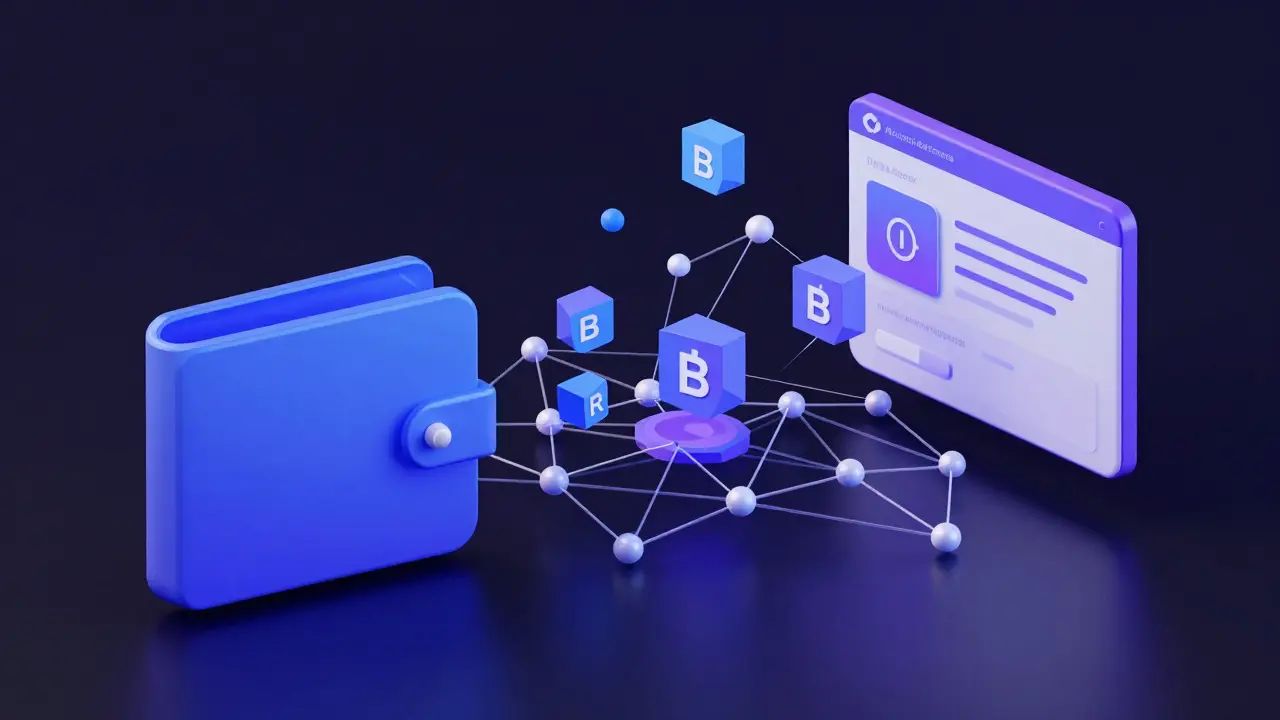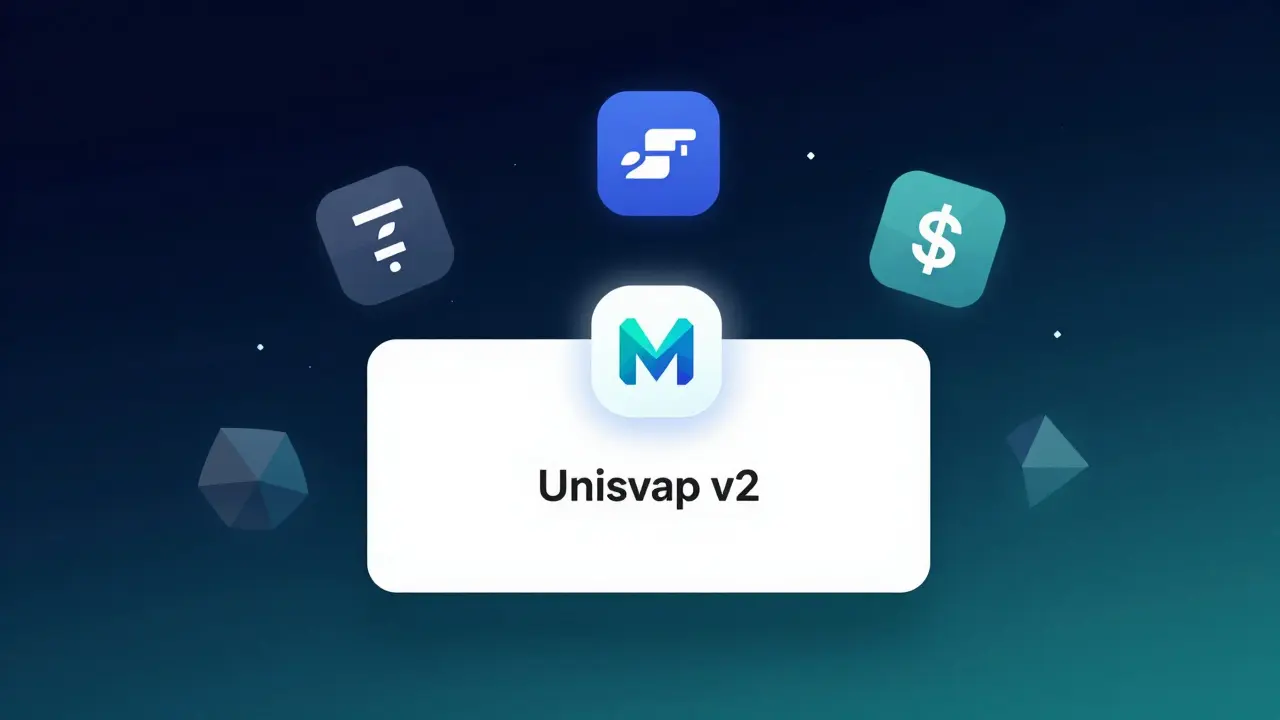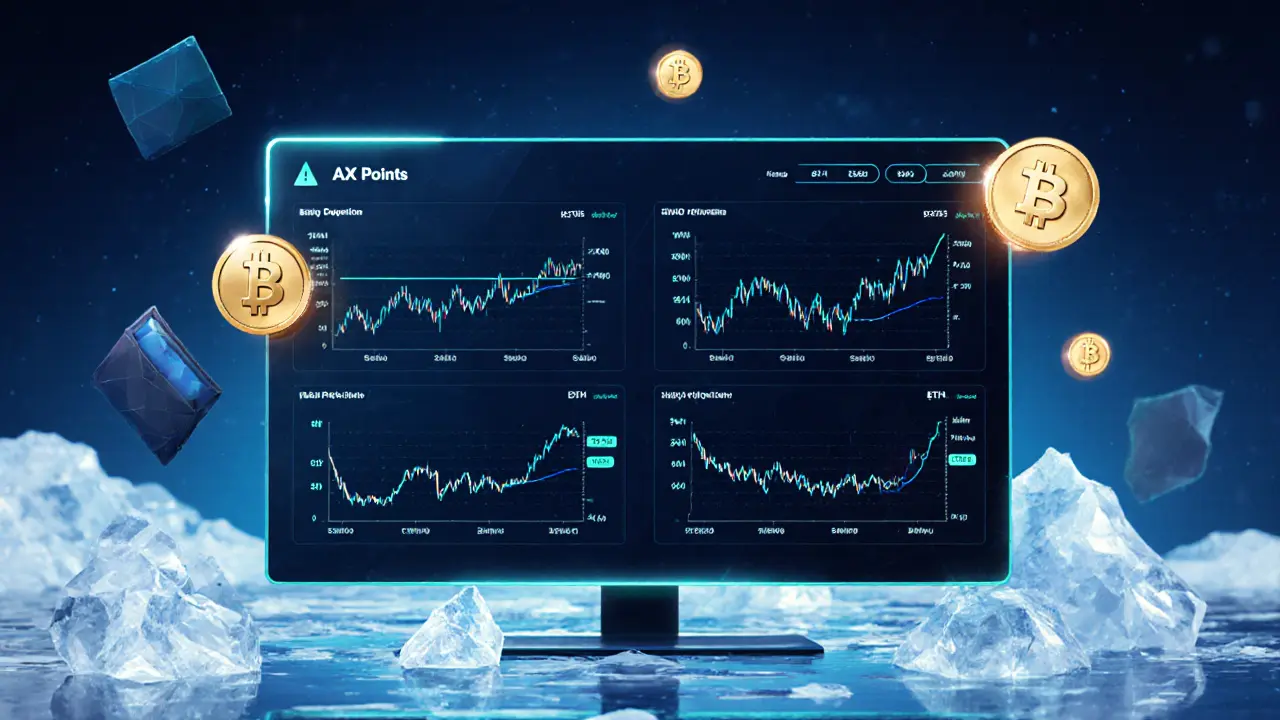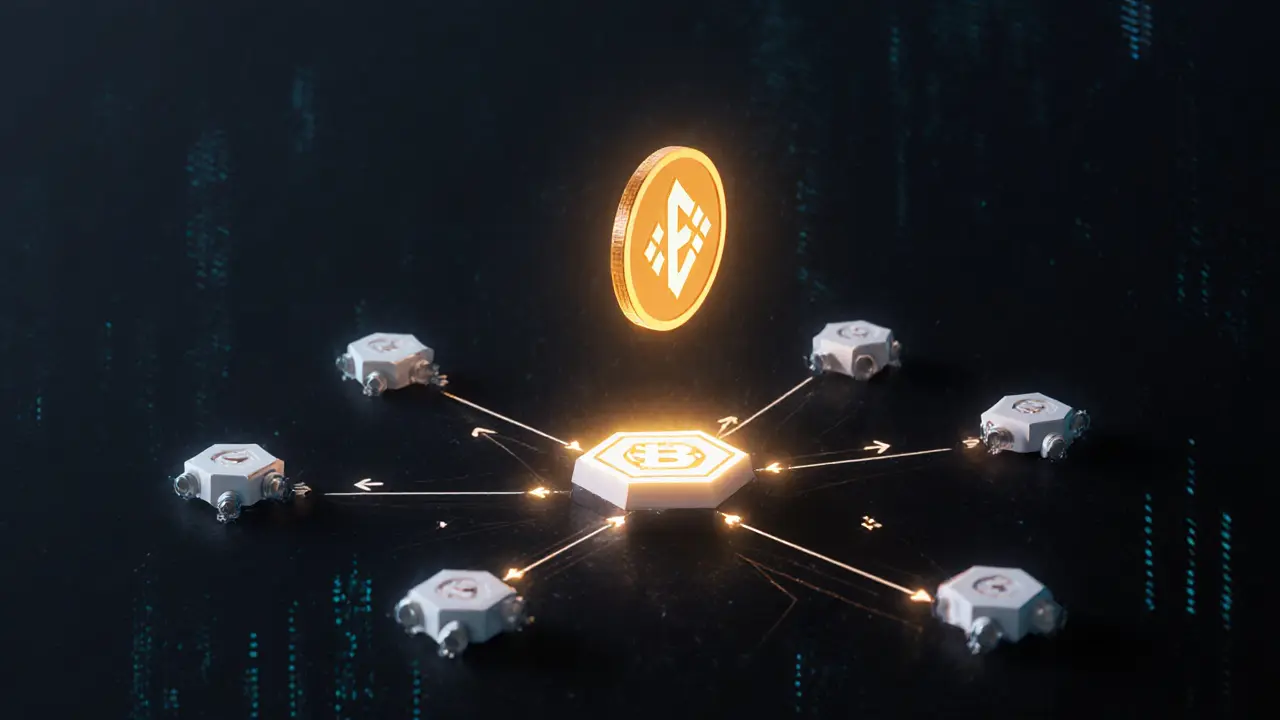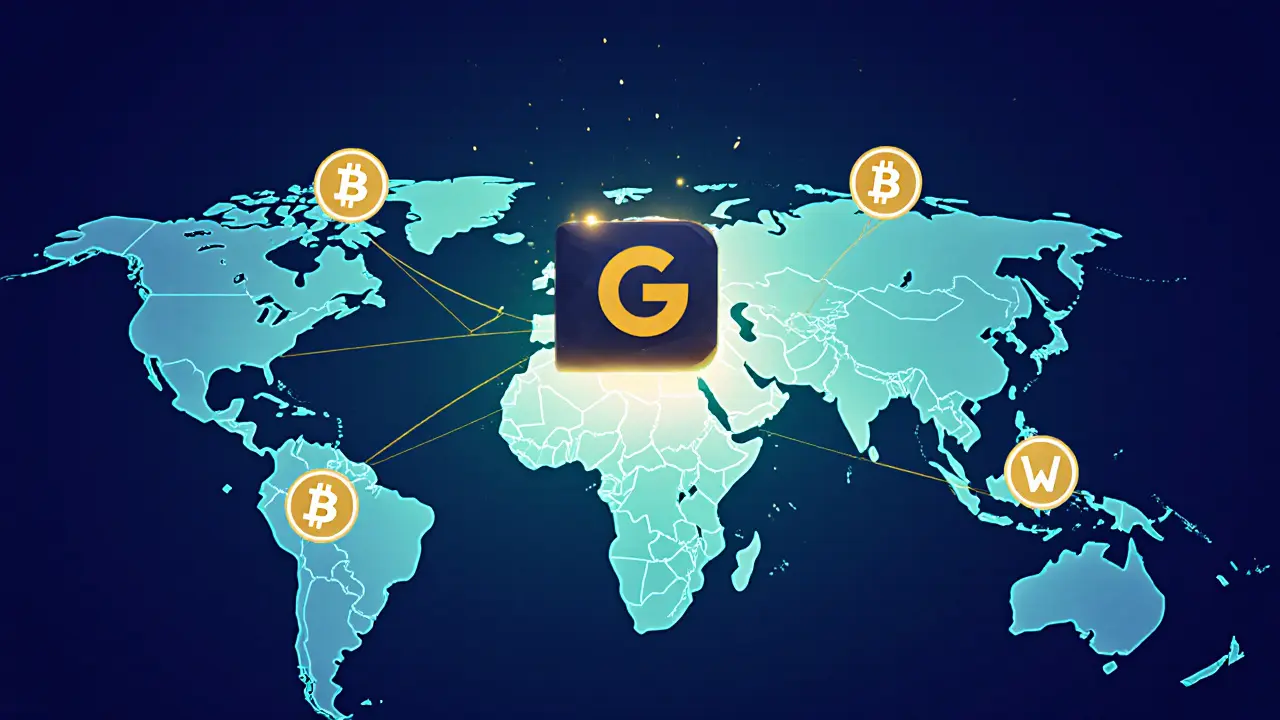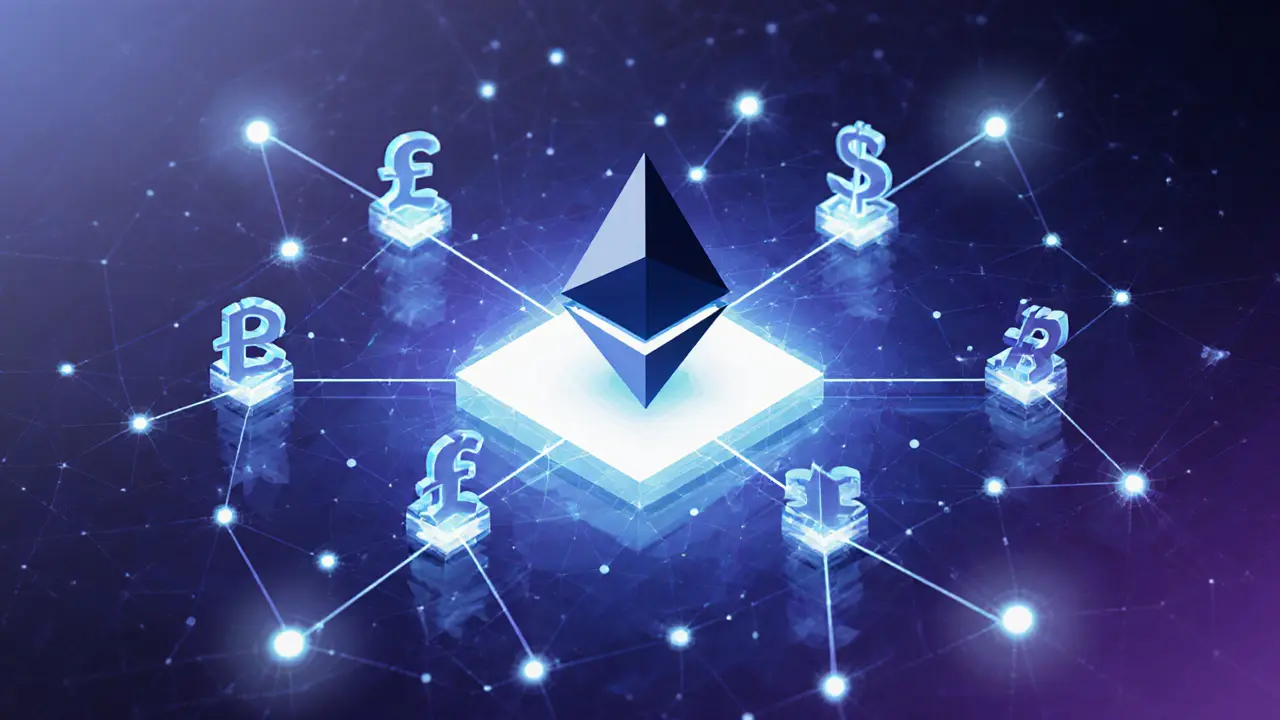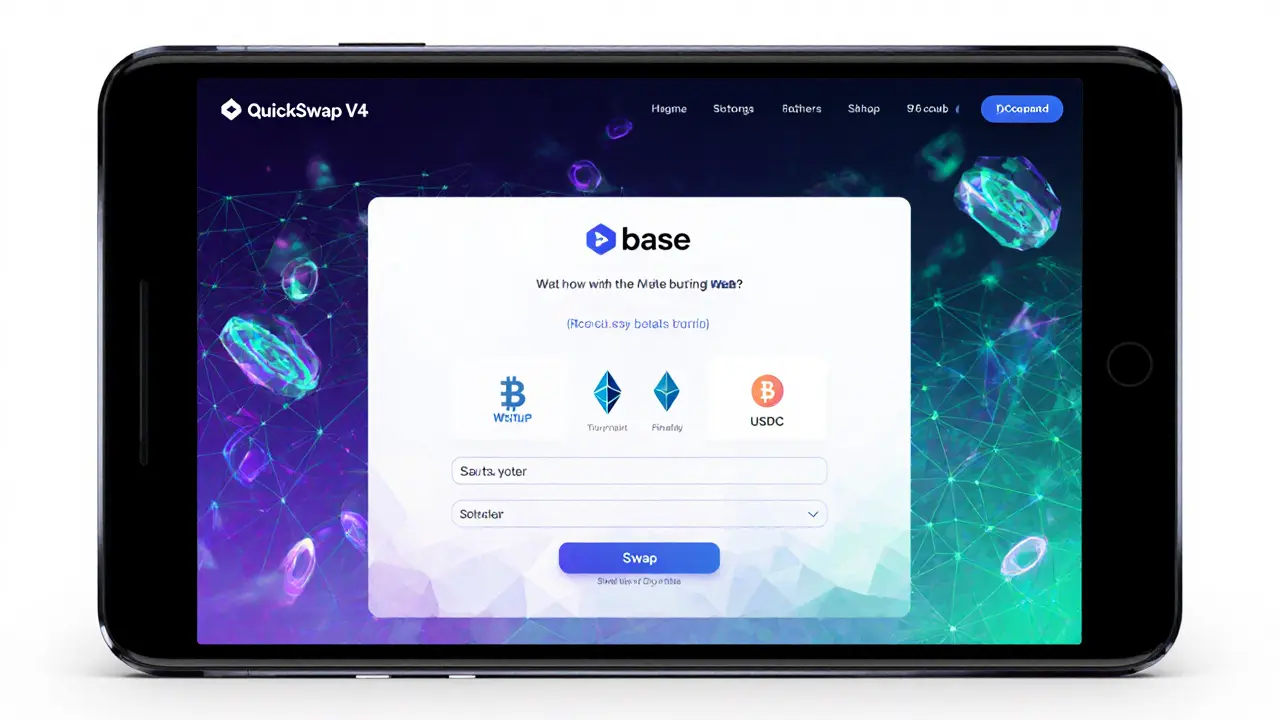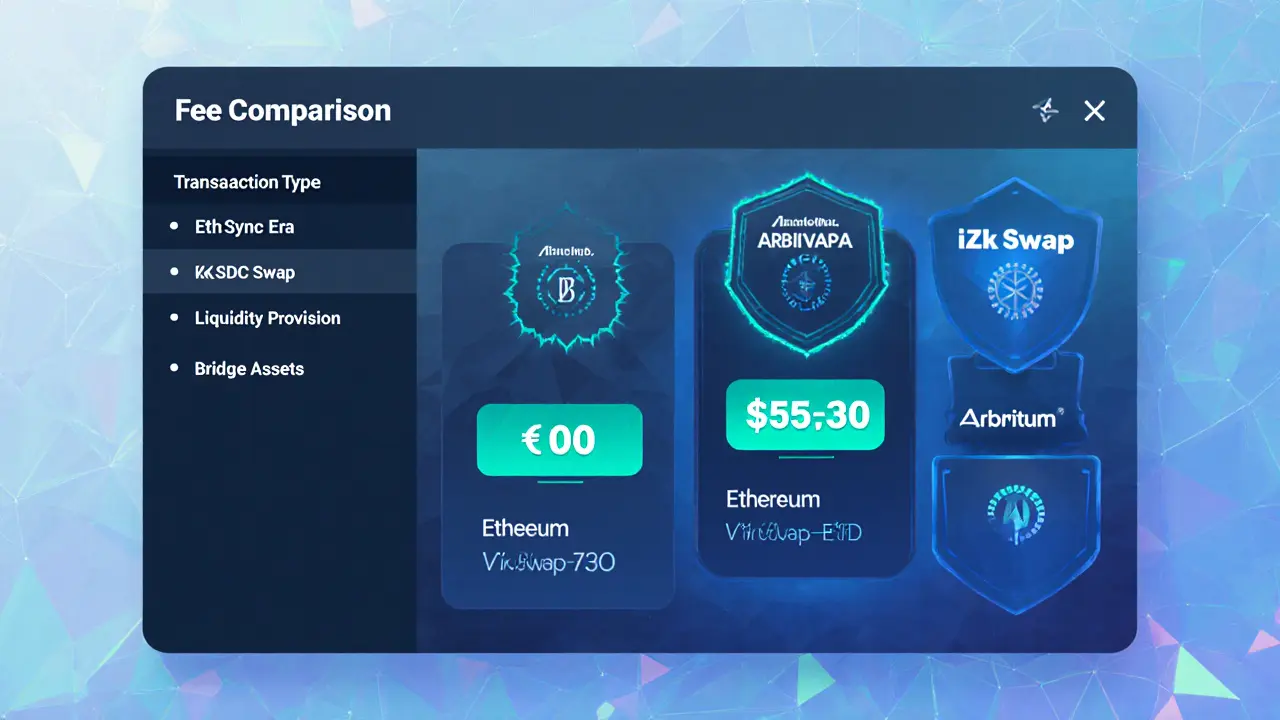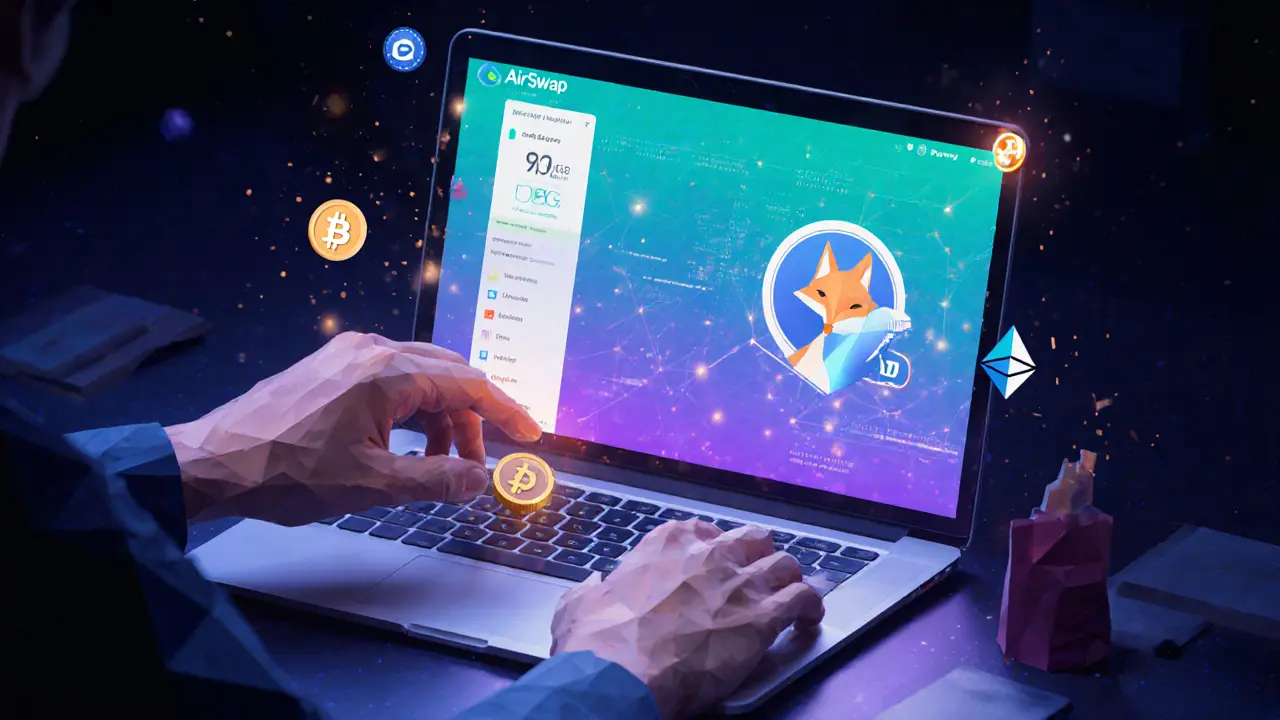Decentralized Exchange (DEX) Overview
When working with Decentralized Exchange, a peer‑to‑peer trading platform that runs on blockchain smart contracts, letting users swap tokens without a central order book. Also known as DEX, it decentralized exchange empowers anyone to trade directly from their wallet. Liquidity Pool, a collection of token reserves that provides the depth needed for instant swaps is the core engine behind most DEXs. Smart Contract, self‑executing code that enforces trade rules and settles transactions on‑chain powers those pools, ensuring trades happen without human intervention. To make the experience smoother, many users rely on a DEX Aggregator, a service that scans multiple DEXs and routes orders to the best price and lowest fee. In short, a decentralized exchange encompasses liquidity pools, requires smart contracts, and benefits from aggregators that optimize routing.
Key Concepts and Tools
Beyond the core components, a decentralized exchange interacts with the broader crypto exchange, any platform—centralized or decentralized—that lists digital assets for trading. While centralized exchanges rely on order books, DEXs use automated market makers (AMMs) powered by liquidity pools, which influence token price discovery directly. Security is anchored in the audit quality of smart contracts; a well‑audited contract reduces the risk of exploits and builds user confidence. Governance tokens often give holders a say in protocol upgrades, linking community decision‑making to technical evolution. Fee structures vary—some DEXs charge a flat protocol fee, while aggregators may add a small margin to cover routing costs. These economic models shape trader behavior, encouraging either high‑frequency swaps or long‑term liquidity provision. The ecosystem also supports cross‑chain bridges, enabling assets from different blockchains to flow into the same pool, which expands market depth and opens arbitrage opportunities.
All of these pieces—liquidity pools, smart contracts, aggregators, governance, and cross‑chain bridges—come together to form a dynamic trading environment. Below you’ll find a curated list of articles that break down the latest DEX reviews, compare fee schedules, explore security audits, and show how new tools like IPFS‑backed NFT metadata or decentralized social media monetization fit into the DEX picture. Whether you’re a trader looking for the cheapest swap route or a developer building the next AMM, the posts ahead give you practical insights and real‑world examples to help you navigate the rapidly evolving world of decentralized exchanges.
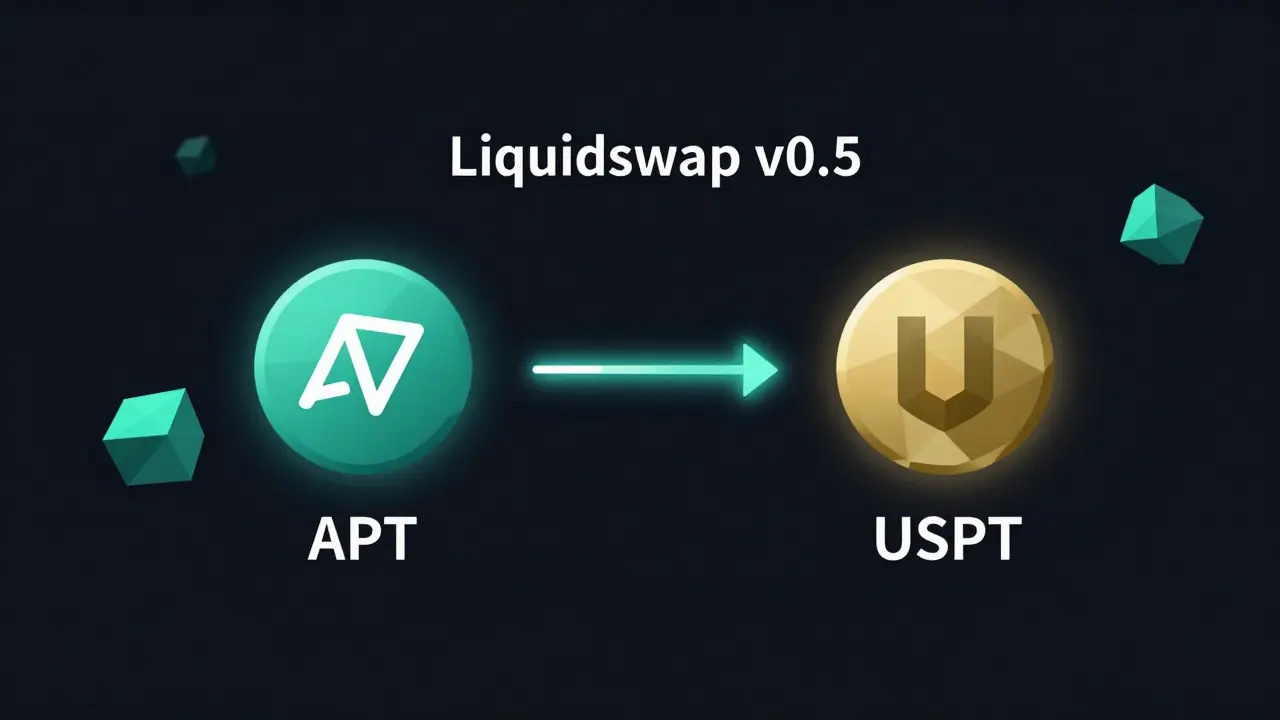
Liquidswap v0.5 is a zero-fee decentralized exchange on the Aptos blockchain. Perfect for APT holders who want cheap swaps and passive income from liquidity pools - but not for beginners or those needing broad token options.
- Read More
- Nov, 30 2025

